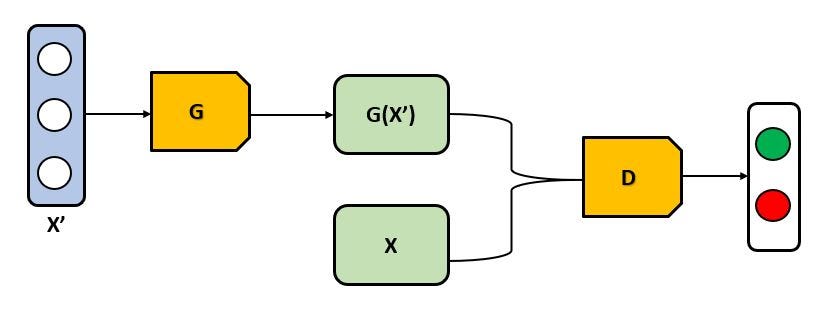Generative models have been used in a myriad of applications across different domains — starting from quantitative finance to model and minimize tail risk to hydro-climate research to study the joint effects of extreme weather. The power of generative models lies in its ability to encapsulate the entire dependence structure and the underlying probability distribution of the datasets. This is very useful because, using generative models we can not only create future representations of datasets, but also sample new realistic data points that preserves the cross correlation across the original training dataset.
Generative Adversarial Networks (GANs) are a new class of generative models that was first introduced by Goodfellow et al. (2014). Since then, GANs have found widespread adoption within the machine learning community to solve unsupervised machine learning problems including image/text generation and translation. In this article, let us explore how we can use GANs to model discrete-time stochastic processes, and on-demand create plausible samples to construct synthetic time series of weather data.
#machine-learning #insurance #risk-management #data-science #insurtech
